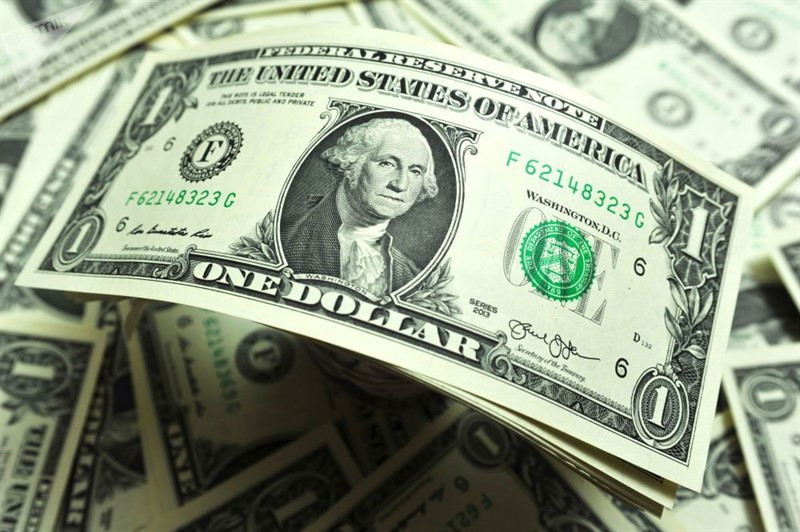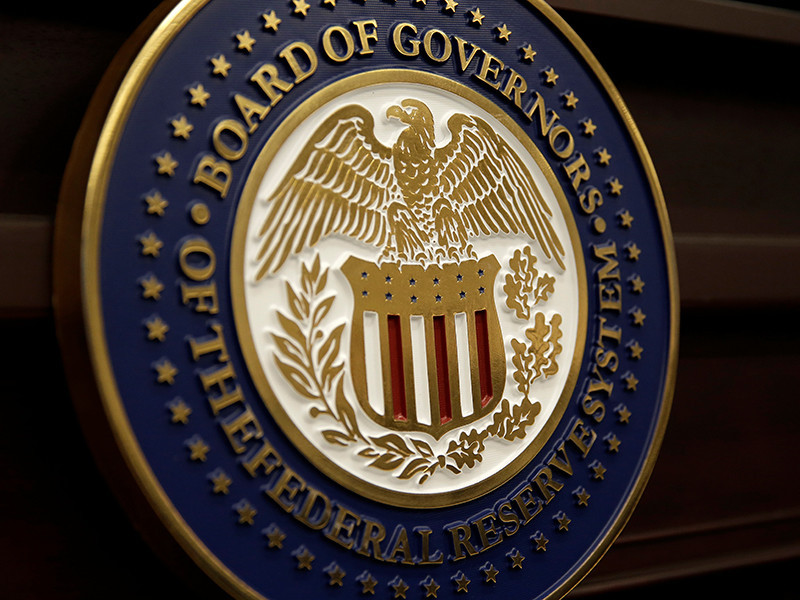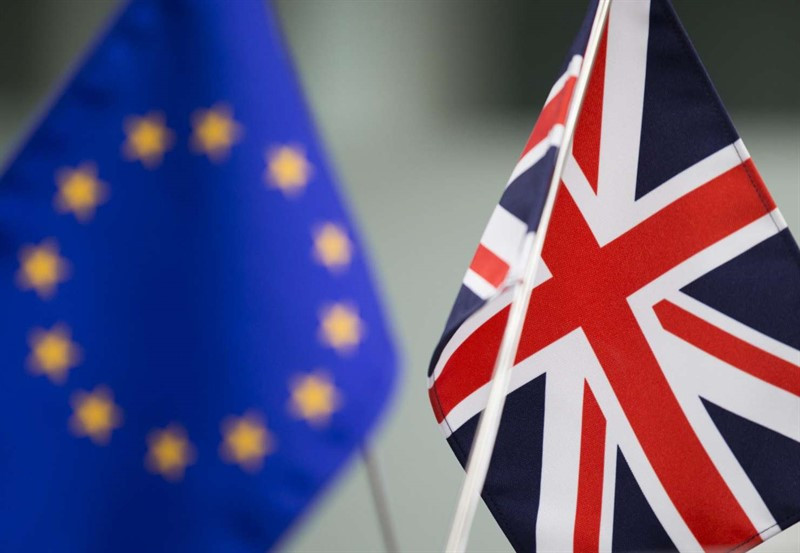
News that Johnson & Johnson has paused development of a COVID-19 vaccine due to unexpected complications in one of the subjects has triggered a risk aversion and spurred demand for a protective greenback.
Against this backdrop, the USD index rose to 93.28 points, slightly recovering its positions after falling to a three-week low of 92.99 points, which occurred on Friday.
"The dollar may continue to strengthen in the near future amid the continuing contradictions between American politicians regarding the next stimulus package," said experts at CBA.
"It is also possible that the results of the presidential elections in the United States will not be known immediately or will be challenged, which may provide additional support to the greenback," they added.
This week's economic calendar is full of US data. In addition, representatives of the Federal Reserve will speak almost every day.

The inflation report is expected on Tuesday, but according to the initial statements of the Fed, the indicator remains very weak, and the statistics should reflect this.
On Thursday, the weekly report on unemployment claims is expected. Although the number of new filings last week was the lowest since March, they remain at an all-time high after falling below 1 million in August.
Meanwhile, September reports on retail sales, as well as industrial production and consumer confidence, are due Friday.
Lack of progress on stimulus negotiations in Congress could lead to more pessimistic statements from Fed officials.
The rebound of the dollar amid resurgent demand for safe assets contributed to the fall of the EUR / USD pair below 1.1800.
Hopes for a new fiscal stimulus package in the US begin to fade again, as the second wave of the coronavirus pandemic is marching across Europe. And this puts pressure on the euro.
According to the research institute ZEW, the index of business confidence in the eurozone economy fell to 52.3 points in October from 73.9 points recorded a month earlier.
"Although the indicator is still in positive territory, the euphoria of August and September seems to be fading away. The sharp increase in the number of COVID-19 cases has heightened uncertainty about the future economic development of the region," ZEW said.
If a downward movement develops, the EUR / USD pair may visit the 1.1700 area again.
On the other hand, the absorption of recent highs near 1.1830 will clear the way for the pair to 1.1900 and further to 1.1960 and 1.2000.

The fate of the pound remains closely tied to the Brexit negotiations.
British Prime Minister Boris Johnson made it clear that the trade deal with the EU must be concluded by Thursday, otherwise, there will be no deal at all.
Fishing and government support issues remain a stumbling block.
Although GBP / USD has pulled back from Monday's five-week highs, it still holds above the key 1.3000 level.
Market participants remain cautious in anticipation of the EU leaders' summit on October 15-17.
The favorable outcome of the meeting may push the GBP / USD pair to the 1.3100 area and further to 1.3200.
The loss of support for 1.3000 will bring the levels 1.2800 and 1.2700 back into play.





















